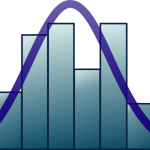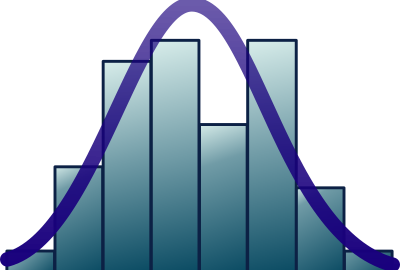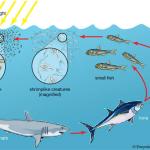Aquatic Microbial Community Management
The purpose of this course is to familiarise the students with the importance of the microorganisms that are present in (the different compartments of) aquaculture systems, and how these can be managed. The students will learn that by the targeted manipulation of the microbiota in aquaculture systems, the disease risk for the cultured animals can considerably be decreased and production output can be increased. At the end of this course, it is the goal that the student can assess if an aquaculture system is managed in a microbially-correct way, and how this can be remedied if this should not be the case.
Course Contents
1 Intro: the presence of micro-organisms in aquaculture systems
- a Concepts, origin and prevalence
- b Microbial biomass vs. target biomass
- c Bacteria as food
- d Commensal bacteria vs. pathogenic bacteria
2 Traditional management of the microbiota in aquaculture systems:
- a antibiotics,
- b hygienic barriers
- c SPF animals
3 Sustainable management of the microbiota in aquaculture systems:
- a Probiotics and prebiotics
- b Quorum sensing inhibition and quenching
- c r/K selection: flow-through, matured biofilters, recirculating aquaculture systems
- d Bio-floc technology: Concept, Basics of biofloc management, Beneficial effects on cultured animals
4 Managing the microbiota towards functionality
- a Management of the microbiota based on ecological theory
- b Management of the microbiota towards biodiversity increase
5 Tracking of micro-organisms in aquaculture systems
- a Tools: Plating, flow cytometry, DGGE, t-RFPL, next generation sequencing
- bI nterpretation of microbial community composition data.
Final Competencies
1 The student is aware of the significance of the natural microbiota in aquaculture systems.
2 The student is able to describe and discuss the microbial compartments in aquaculture systems.
3 The student knows the methods that are available to evaluate the microbial community composition.
4 The student is able to assess if the microbial status in the aquaculture system poses a potential danger for the cultured animals or not.
5 The student is able to make funded suggestions and recommendations to improve the microbial community composition and functionality with the aim of maximising animal health and culture performance.
Further course information can be found here: https://studiekiezer.ugent.be/studiefiche/en/I002086/2021




